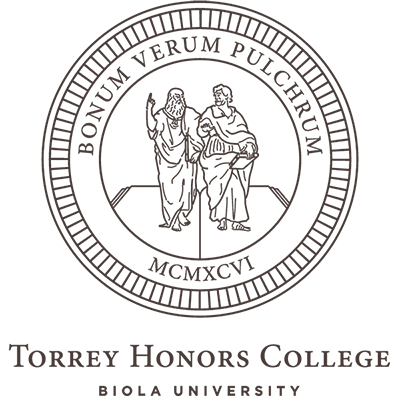A scene from The Canterbury Psalter (12th century)
Blog
The Most Important Line in Christian Doctrine
In my chapter on eternal generation in On Classical Trinitarianism: Retrieving the Nicene Doctrine of the Triune God (IVP Academic, 2024), I draw attention to something I’ve since started calling the Nicene line. Since I’ve been calling it that in lectures this year, a few people have asked me where I’ve published it, in case they want to footnote it. So here it is:
When the Nicene Creed calls the Son the one “through whom all things came to be,” after telling us eight times in a row who the Son is (begotten of the Father before all ages, consubstantial, etc),
In some ways it is an anticlimax, requiring us to lower our visual horizon from the true God’s uncreated substance in order to look downward to the making of creatures in time and space. But the point of shifting our perspective is that we have finished saying what can be said about God in himself and are now turning outward to God’s works ad extra, toward the outside. The fact that we are only now looking at the act of creation clarifies emphatically that everything we have said so far about Sonship has been about the inner life of God. There, in that realm that simply is God, the Son is all these things we have said about him. His generation belongs to the field of statements about who and what God is. His generation belongs to what the church fathers called theologia, or the doctrine of God focused on the divine nature in itself.
The line that runs between what God is in himself and what God does ad extra is the most important line in Christian doctrine. Nowhere is it drawn more sharply and clearly than here in the second article of the creed’s doctrine of the Son of God, where it runs between same-in-substance and all-things-came-to-be. Of course we have already heard about the Father as the “maker of all things visible and invisible,” an outward act, in the first article. In fact, we can now look back in retrospect from this clear line and confess that the Son was already there with the Father, correlated strictly with the Father high above all created things. … But here in the section clarifying Jesus Christ’s God-worthy Sonship is where we say that his Sonship was absolutely settled in advance, in the eternal life of God, before the story begins. Once the story begins, with creation, the expository pace of the creed will quicken. The creed’s language has orbited the Son nine times, circling and recircling his identity. But now the eternally begotten Son comes down from heaven, becomes incarnate, is made human, dies, rises, and ascends. These divine actions are the gospel, and only with great difficulty could we imagine exaggerating their importance. But they are not the native ground, nor the origin point, of Christ’s Sonship. In carrying through these mighty acts of salvation, he does “for us and our salvation” something utterly fitting and in character with his eternal identity as the only begotten one from the Father. Sonship is no deficiency, and human salvation depends on the unique, God-worthy Son being himself also for us.
For your footnoting pleasure, this is from “Only Begotten Son: The Doctrinal Functions of Eternal Generation,” in On Classical Trinitarianism: Retrieving the Nicene Doctrine of the Triune God, ed. Matthew Barrett (Downers Grove: IVP Academic, 2024), 419-446; at pages 424-425.
Update: My longest academic treatment of the Nicene Line is in this article; my most popular lecture on the subject is here.
About This Blog

Fred Sanders is a theologian who tried to specialize in the doctrine of the Trinity, but found that everything in Christian life and thought is connected to the triune God.


